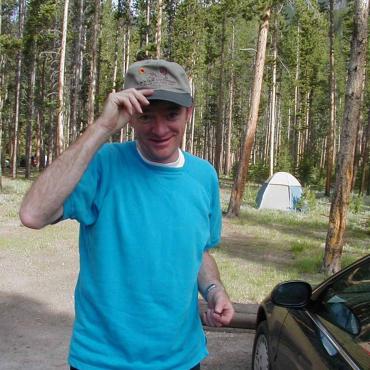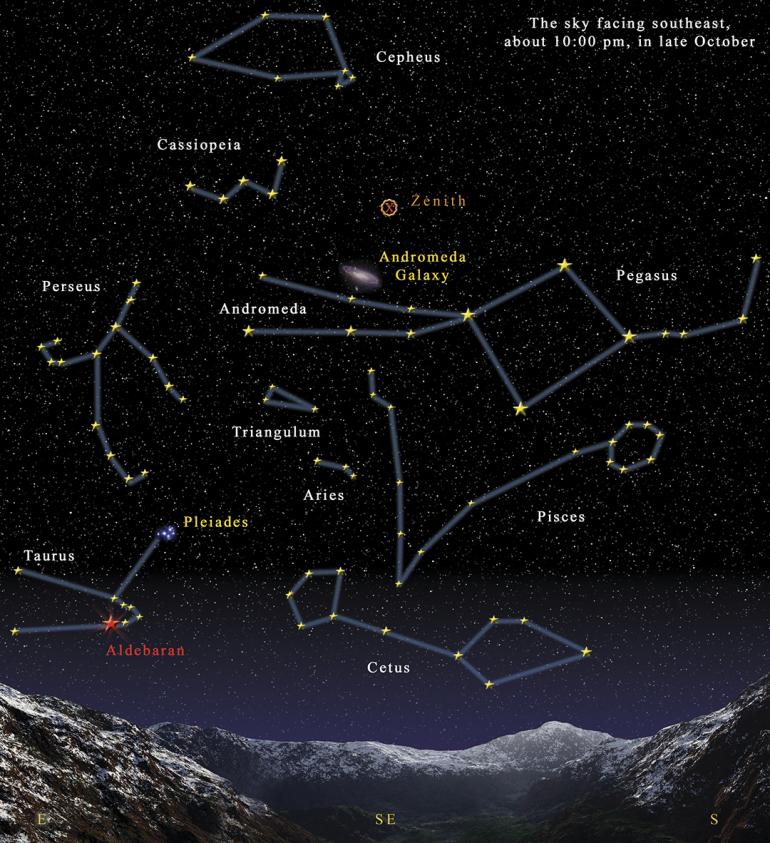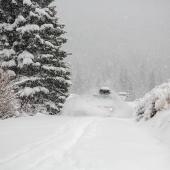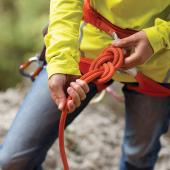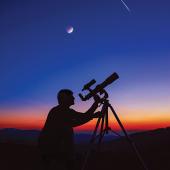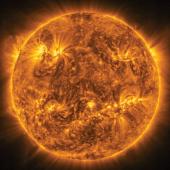The Cowgirl in the Sky
Among the original settler folk of the Wild West, women were a demographic in short supply compared to the male cowpunchers, sodbusters, gold-seekers, and adventurers that filtered into the high plains and Northern Rockies in the 1800s.
A further truth is that the sky has a similar demographic to that of frontier Montana. Among the 88 official constellations of the sky, most are animals or things. But if you count the people patterns, you’ll find ten men (11 if you count the Gemini brothers twice) and just three women: Virgo in the springtime sky, and Cassiopeia and Andromeda in the fall. And of the three, Andromeda’s the nearest to having a cowgirl in the sky.
In decidedly uncowgirl fashion, however, Andromeda was the original damsel in distress. In Greek mythology, she was the hapless daughter of Queen Cassiopeia and King Cepheus, who ruled a land bordering the sea. One day, the vain Cassiopeia idly boasted that she was the most beautiful creature on God’s green Earth—a statement that mightily displeased the equally vain Nereids, nymphs of the sea, who happened to be eavesdropping. They tattled to their father, the sea god Poseidon, who sent a sea monster named Cetus to ravage the land.
King Cepheus, at his wit’s end, consulted the oracle at Ammon and was told that the only way to save his country was to sacrifice his daughter. Ever civic-minded, he promptly had Andromeda chained to a rock beside the sea to await Cetus and his appetite. Fortunately, the Greek hero Perseus, a son of Zeus, just happened by at the right moment—some say on nothing less than a white horse (the winged steed Pegasus), though most say this favored son got around on a pair of winged sandals.
In any case, Perseus was fresh from having dispatched the snake-haired Medusa, one of the dreadful Gorgon sisters, who had a nasty habit of turning to stone anyone who looked at her. Perseus looked only at her reflection while he chopped off her head (the act producing Pegasus when her scalding blood hit the sea foam), and now carried his prize in his satchel. Ever resourceful, Perseus swooped down to encounter the approaching Cetus and presented Medusa’s head; Cetus instantly stiffened into stone and sank to the bottom of the sea. The hero then freed Andromeda, married her, of course, and they sailed off into the sunset—and eventually into the sky. And there they ride along with all of the other principals of the story.
Just go out on a brisk late evening of mid-autumn and look southeast, and you’ll see them all. Start with Pegasus soaring high southward, marked by his Great Square. Andromeda’s head is attached to the upper left star of the square, her horn-shape passing nearly overhead. Perseus follows behind, all gangly and resembling a letter-K of stars. The parents are there, too: look past the overhead point—the zenith—toward the north and you’ll see the W-shape of Cassiopeia and the dimmer house-shape of Cepheus. And look down from Andromeda toward the horizon, and there you’ll find the skulking outline of Cetus the sea monster.
The story of Perseus and Andromeda is one of the great adventure stories of the sky, with plenty of western ambiance if you think about it. Andromeda herself is shaped like a steer’s horn, attached to a horse. Nearby roam the obligatory stock: Aries the ram, and Taurus the bull. And along Andromeda’s dimmer upper side lies the Andromeda galaxy, some three million light years away and looking, on a dark clear night, like a faint, fuzzy cigar in Andromeda’s right hand—which turns her into Calamity Jane who lived for a time in Livingston, just over the Bozeman Pass.
There’s ridin’, danger, a daring rescue with a villain dispatched, and a happy couple moseyin’ off into the sunset at the end of the story. They may not exactly be Roy and Dale, but Perseus and Andromeda are about as close as the Greeks got to them in the big, wide range called the sky. When crisp autumn nights arrive, be sure to go out and say howdy. Happy trails!
The Taylor Planetarium offers guided tours of the universe daily at the Museum of the Rockies at 3rd & Kagy in Bozeman. 406-994-2251.

